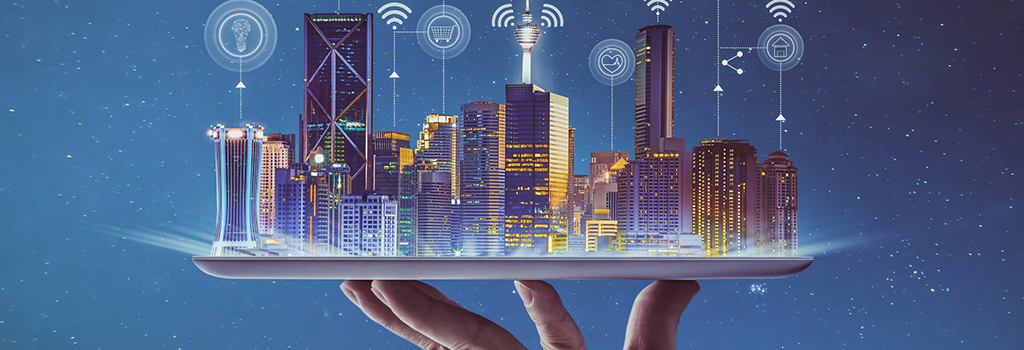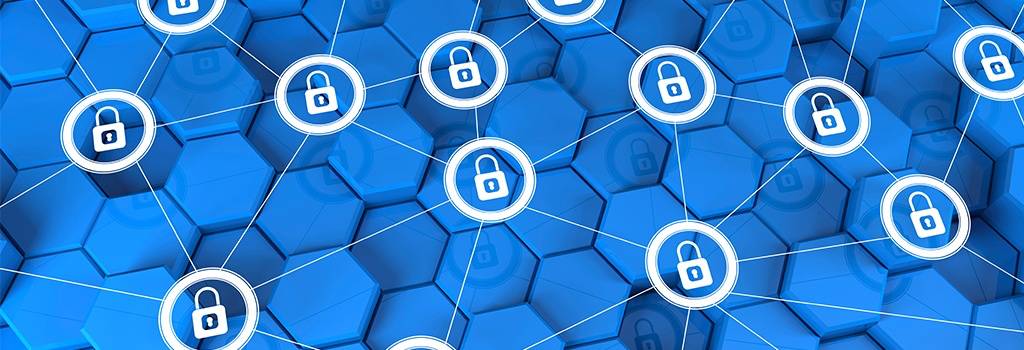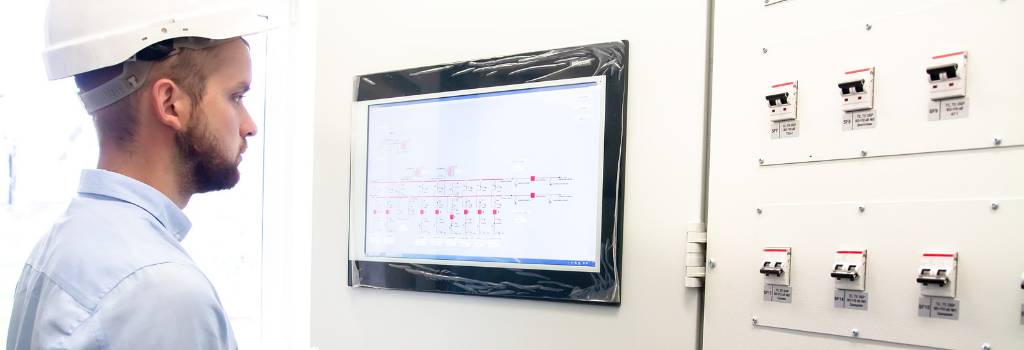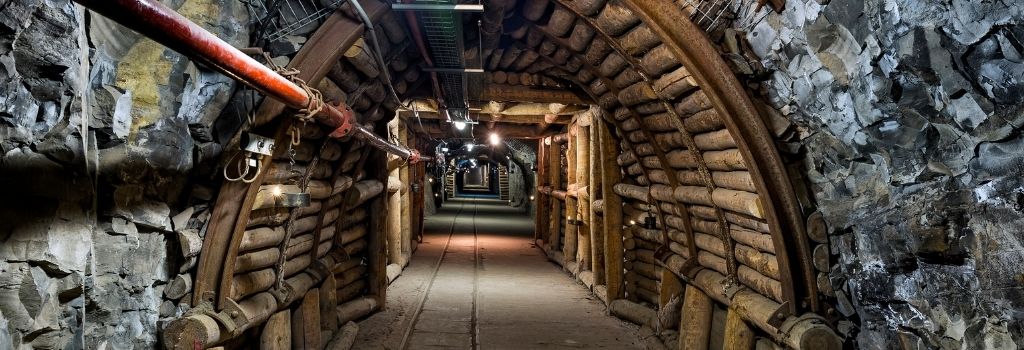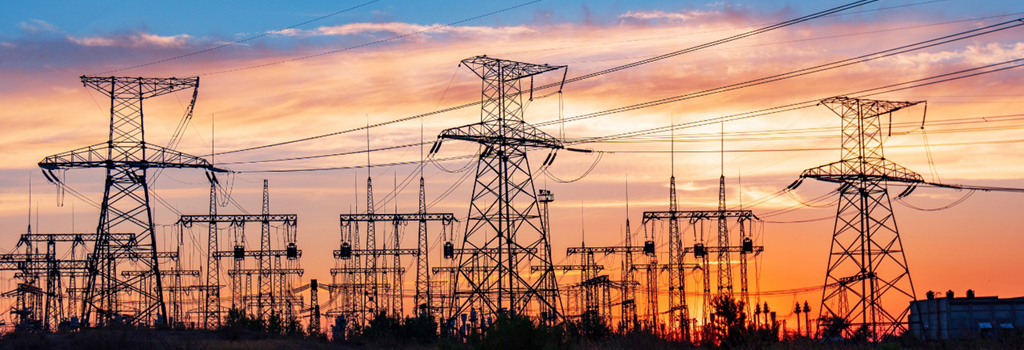- Category: Intelligent Systems
Intelligent Transportation System, and smart traffic management systems are an indispensable component in developing Smart Cities. In any city, mobility is a key concern, and not just limited to traffic congestion control and information, but also road safety and efficient infrastructure usage. These technology solutions prepare Smart Cities for coming technology evolutions, including Connected Autonomous vehicles (CAVs) and full deployment of 5G networks.
Read more: Outdoor Edge Appliance Enables 5G, Wi-Fi, and AI Smart City Connectivity
- Category: Network Computing
Organization began moving in droves to the Zero Trust security model in 2019, implementing a “never trust, always verify and enforce least privilege” approach to internal and external network access. This approach enforces the mandate that traffic inside the perimeter deserves no more trust than traffic outside; all traffic should be inspected and logged and all access requests should be verified, authenticated and validated on a need-to-know basis.
Read more: NCA-5710: Enabling Intent-Based Industrial Intelligent IPS
- Category: Power and Energy
Ransomware is the new omnipresent cybersecurity threat to manufacturing – all security attacks that took down automation operations since 2020 were targeted ransomware. Ransomware is a threat to manufacturers as it can halt production and disrupt day-to-day operations. With the digital transformation of the manufacturing process, cyber risk management and cyber risks are constantly changing as threat landscapes and attack surfaces expand, requiring security visibility into all IT, OT, and IoT systems across all facilities.
Read more: Edge Appliances Strengthen IT/OT Cyber Security and Operational Resilience
- Category: Intelligent Systems
Temperature-sensitive products like vaccines, drugs, chemicals, or foods like seafood, meat, or dairy, require temperature-controlled environments across their entire supply chain. A slight fluctuation in temperature and the whole batch of products may be spoiled or damaged completely.
Read more: Remote Cold Chain Monitoring Solution with IoT Gateway
- Category: Transportation
Commuter, subway, light rail, and high-speed passenger rail systems are popular modes of mass transportation and are particularly important for cities undergoing rapid urbanization. Rail system digitalization provides many advantages like automated train control (ATC), predictive maintenance, vehicle tracking, and automated fuel and fleet management to ensure maximum security, safety and efficiency of operations.
Read more: EN 50155 Rail Gateway Ensures Vital Railway Cybersecurity
- Category: Intelligent Systems
Current IT monitoring systems are not designed to operate in challenging and dangerous environments, such as the ones found in underground mines. They won’t tolerate dust, high/low temperatures, humidity, or explosions. If a device were to withstand such conditions, providing reliable and fast communications to various dispersed in-field sensors, video cameras is still a pretty challenging endeavor.
Read more: Rugged Wireless Gateway for Underground Mine Monitoring
- Category: Power and Energy
Electrical power consumption continues to grow at a rapid pace globally, and therefore it is essential to efficiently manage power distribution to ensure reliability and reach. The development of remote substation control and automation has become fundamental to the operation of the electricity network.
Read more: IEC61850 Rugged Gateway Elevates Advanced Automation for Substation






